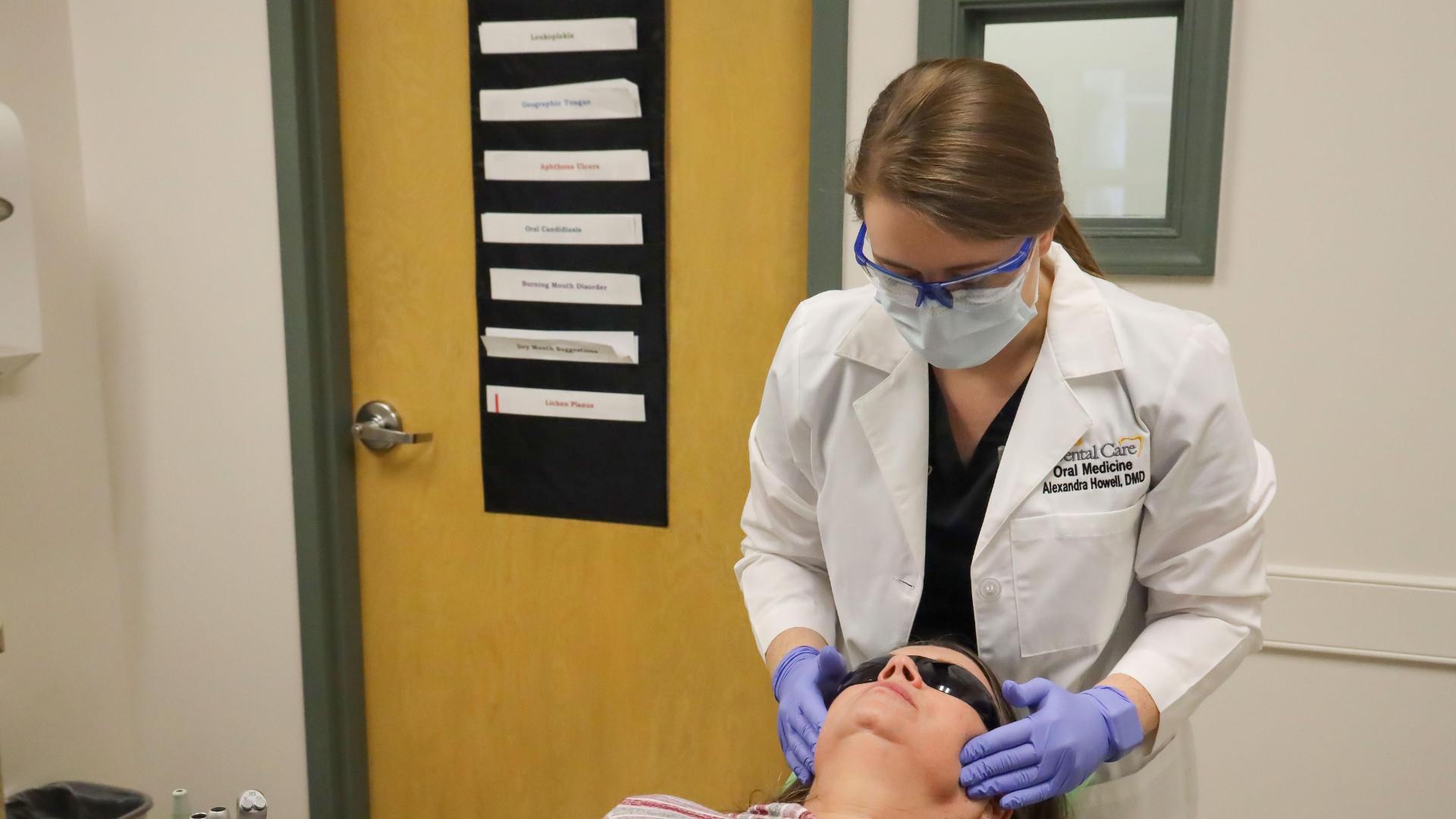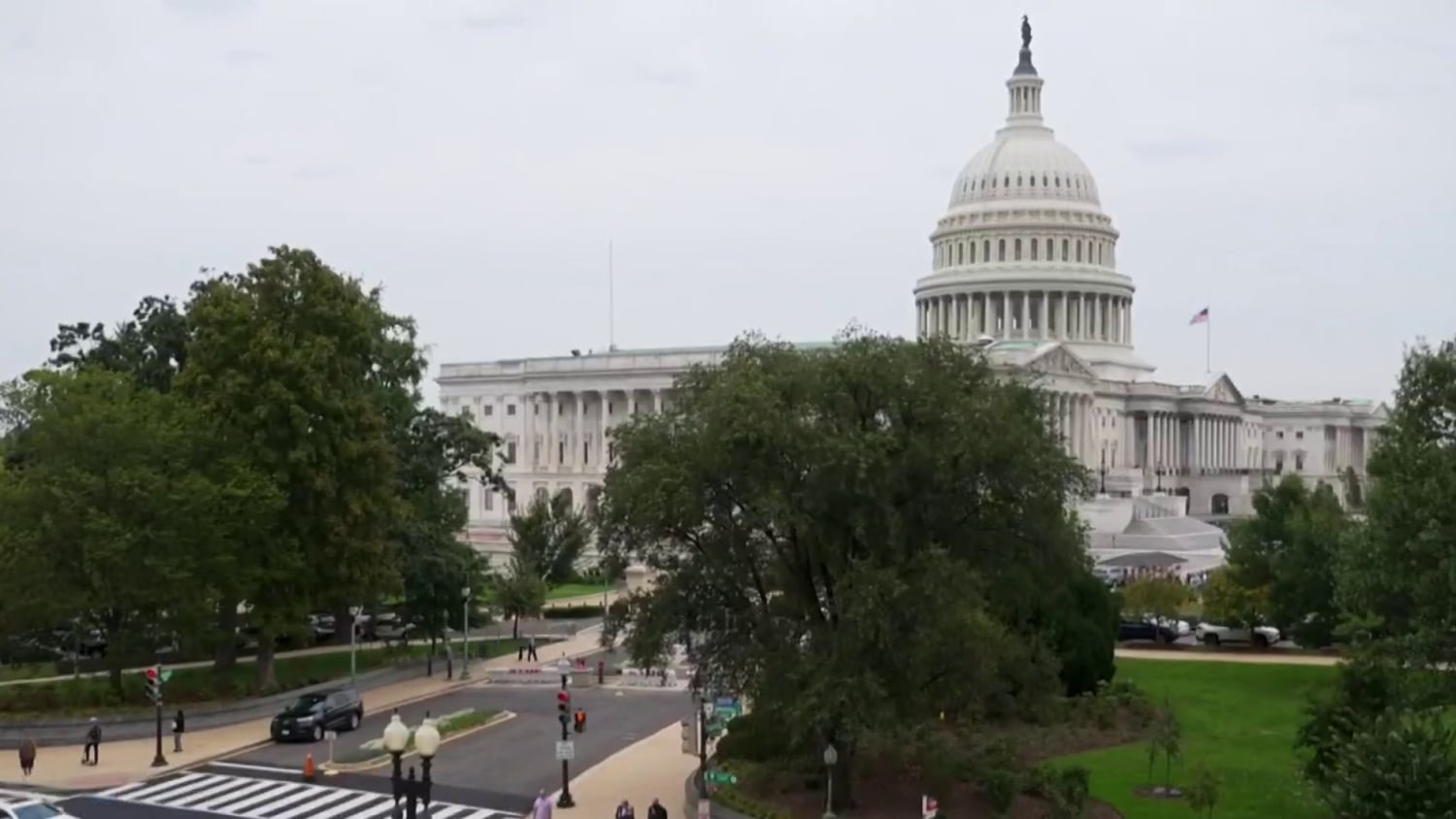Socioeconomic and Demographic Trends in Israel: An Analysis of Challenges to Sustainable Development Goals
Executive Summary
An analysis of current demographic trends within Israel’s ultra-Orthodox and Arab communities reveals significant challenges to the nation’s long-term economic and social stability. Rapid population growth, coupled with persistent low levels of educational attainment and male employment, poses a direct threat to the achievement of several key Sustainable Development Goals (SDGs). Experts project that without targeted intervention, these trends could result in substantial economic losses and undermine national security and social cohesion.
Core Challenges and Alignment with Sustainable Development Goals (SDGs)
The convergence of specific demographic and socioeconomic factors presents a multifaceted challenge that can be analyzed through the framework of the SDGs.
SDG 8: Decent Work and Economic Growth & SDG 1: No Poverty
The low rate of male employment in the specified communities is a primary impediment to sustainable economic progress.
- Economic Stagnation Risk: A significant and growing segment of the population not participating in the formal labor market constrains national productivity and economic growth, directly contradicting the objectives of SDG 8.
- Poverty Cycles: Limited employment opportunities are a primary driver of poverty. This situation hinders progress toward SDG 1 by creating and sustaining cycles of economic hardship within these communities.
- Projected Economic Impact: Expert warnings indicate that the failure to integrate these populations into the workforce could cost the national economy billions, representing a severe long-term liability.
SDG 4: Quality Education & SDG 10: Reduced Inequalities
Educational disparities are a foundational issue that exacerbates inequality and limits human potential.
- Lack of Foundational Skills: Low levels of education, particularly in core subjects required for a modern economy, prevent individuals from accessing quality employment and participating fully in society. This is a failure to meet the targets of SDG 4.
- Widening Inequality Gap: The educational and employment gap between these communities and the general population deepens societal divisions, undermining the core principle of SDG 10 to reduce inequalities within and among countries.
- Intergenerational Impact: Educational deficits are often passed down through generations, making it progressively harder to break the cycle of economic and social disadvantage.
SDG 11: Sustainable Cities and Communities & SDG 16: Peace, Justice, and Strong Institutions
The potential consequences of these trends extend beyond the economy to the very fabric of society.
- Threats to Social Stability: High unemployment and systemic inequality can lead to social friction and instability, challenging the goal of creating inclusive and resilient communities as outlined in SDG 11.
- Long-Term Security Concerns: Experts explicitly warn that the current trajectory could undermine long-term national security. Fostering peaceful and inclusive societies, a cornerstone of SDG 16, requires addressing the root causes of marginalization and economic disenfranchisement.
1. Which SDGs are addressed or connected to the issues highlighted in the article?
-
SDG 4: Quality Education
The article directly mentions “low education levels” in the ultra-Orthodox and Arab communities, which connects to the goal of ensuring inclusive and equitable quality education for all.
-
SDG 8: Decent Work and Economic Growth
The reference to “low male employment rates” and the warning that the situation could “cost economy billions” directly relates to the goals of achieving full and productive employment and sustainable economic growth.
-
SDG 10: Reduced Inequalities
By singling out “ultra-Orthodox and Arab communities” as facing specific challenges with education and employment, the article highlights inequalities within the country, which this goal aims to reduce.
-
SDG 16: Peace, Justice and Strong Institutions
The warning that the combination of these issues could “undermine long-term security and social stability” connects to the goal of promoting peaceful and inclusive societies for sustainable development.
2. What specific targets under those SDGs can be identified based on the article’s content?
-
SDG 4: Quality Education
- Target 4.4: By 2030, substantially increase the number of youth and adults who have relevant skills, including technical and vocational skills, for employment, decent jobs and entrepreneurship. The article’s link between “low education levels” and “low male employment rates” implies a need for education that provides relevant skills for the job market.
-
SDG 8: Decent Work and Economic Growth
- Target 8.5: By 2030, achieve full and productive employment and decent work for all women and men… The mention of “low male employment rates” in specific communities directly points to a failure to meet this target.
- Target 8.1: Sustain per capita economic growth in accordance with national circumstances. The warning that the situation could “cost economy billions” indicates a threat to sustained economic growth.
-
SDG 10: Reduced Inequalities
- Target 10.2: By 2030, empower and promote the social, economic and political inclusion of all, irrespective of… religion or other status. The focus on challenges specific to “ultra-Orthodox and Arab communities” suggests a lack of economic inclusion for these groups.
-
SDG 16: Peace, Justice and Strong Institutions
- Target 16.7: Ensure responsive, inclusive, participatory and representative decision-making at all levels. The potential for social instability mentioned in the article often stems from groups feeling excluded or unrepresented, which this target aims to address.
3. Are there any indicators mentioned or implied in the article that can be used to measure progress towards the identified targets?
-
For SDG 4 (Quality Education):
- The article explicitly mentions “low education levels” as a key issue. This serves as a direct, albeit general, indicator. Progress could be measured by tracking educational attainment rates and proficiency levels within the specified communities, aligning with indicators like 4.1.1 (Proportion of children and young people achieving minimum proficiency in reading and mathematics).
-
For SDG 8 (Decent Work and Economic Growth):
- The article explicitly states “low male employment rates.” This is a direct indicator corresponding to Indicator 8.5.2 (Unemployment rate, by sex, age…). Measuring the employment rate in these communities over time would track progress.
- The phrase “cost economy billions” implies an impact on economic output, which can be measured by GDP growth rates, relating to Indicator 8.1.1 (Annual growth rate of real GDP per capita).
-
For SDG 10 (Reduced Inequalities):
- The article’s entire premise is based on disparities between population groups. Therefore, the comparative rates of education and employment between the “ultra-Orthodox and Arab communities” and the general population serve as an indicator of inequality, aligning with the principle of Indicator 10.2.1 (Proportion of people living below 50 per cent of median income, by population group).
-
For SDG 16 (Peace, Justice and Strong Institutions):
- The article implies a risk indicator: the potential to “undermine long-term security and social stability.” While not a standard quantitative metric, this can be measured through public perception surveys on safety, social cohesion, and trust in institutions, which are often used to monitor progress towards a peaceful society.
4. Create a table with three columns titled ‘SDGs, Targets and Indicators’ to present the findings from analyzing the article.
| SDGs | Targets | Indicators |
|---|---|---|
| SDG 4: Quality Education | 4.4: Increase the number of youth and adults with relevant skills for employment. | The article’s mention of “low education levels” in the context of employment. |
| SDG 8: Decent Work and Economic Growth | 8.5: Achieve full and productive employment and decent work for all. 8.1: Sustain per capita economic growth. |
“Low male employment rates.” “Cost economy billions.” |
| SDG 10: Reduced Inequalities | 10.2: Empower and promote the social and economic inclusion of all. | Disparities in education and employment highlighted for “ultra-Orthodox and Arab communities.” |
| SDG 16: Peace, Justice and Strong Institutions | 16.7: Ensure responsive, inclusive, participatory and representative decision-making. | The risk to “undermine long-term security and social stability.” |
Source: ynetnews.com







